The UV layer can effectively resist ultraviolet radiation, which causes many kinds of damage to awning materials. It causes the molecular chains of the material to break, thereby initiating the aging process of the material. This process will cause the material to become brittle and lose its original elasticity and toughness, resulting in a greatly reduced durability of the awning. Secondly, ultraviolet rays will also change the color of the material, causing it to gradually fade or turn yellow, affecting the appearance and beauty of the awning. Finally, prolonged UV radiation may even cause the material to embrittle, making it more susceptible to breakage or cracking during use. To address these challenges, a UV layer was added to the awning. The main function of the UV layer is to effectively absorb or reflect ultraviolet rays, thereby protecting the PC/ABS solid panel of the awning from damage. The UV layer is usually composed of special chemicals that absorb UV rays and convert them into heat or other forms of energy, thereby reducing direct damage to the material.
The UV layer can also reflect some UV rays, reducing their ability to penetrate the awning. By adding a UV layer, the solid PC/ABS panels of the awning are effectively protected. This kind of protection can not only delay the aging process of the material, allowing it to maintain its original elasticity and toughness, but also maintain the color and appearance of the material, extending the service life of the awning. In addition, the UV layer can also reduce the maintenance costs of awnings and reduce the need for frequent replacement or repair due to material aging.
The UV layer can significantly reduce the damage of ultraviolet rays to the awning material. Ultraviolet rays are a high-energy radiation in the solar spectrum, which can cause the molecular chains of the material to break, thereby accelerating the aging process of the material. The UV layer blocks most of the ultraviolet energy by absorbing or reflecting ultraviolet rays, effectively reducing the damage caused by ultraviolet rays to the awning material. In addition to UV rays, awnings face challenges from other environmental factors, such as oxidation and weathering. Oxidation refers to the chemical reaction of materials under the action of oxygen, which can cause discoloration, cracks and other phenomena on the surface of materials. Weathering is due to long-term exposure to the natural environment and the combined effects of temperature, humidity, wind and other factors, causing the material to gradually lose its original properties. These environmental factors will also accelerate the aging process of awnings and shorten their service life.
However, the existence of the UV layer provides additional protection for the awning. The UV layer not only has the function of preventing ultraviolet rays, but also can effectively prevent environmental factors such as oxidation and weathering from damaging the awning material. Special chemicals in the UV layer can absorb or reflect the energy brought by these environmental factors, reducing their damage to the awning material. At the same time, the UV layer can also form a protective film to isolate the direct contact between the external environment and the awning material, further enhancing its protective effect.
The durability of an awning is crucial to its long-term use, and the introduction of a UV layer significantly improves the durability of the awning, making it resistant to erosion by various environmental factors. This is because the UV layer can effectively absorb or reflect ultraviolet rays and reduce the damage of ultraviolet rays to the awning material. In addition, the UV layer can prevent other environmental factors such as oxidation and weathering from affecting the awning, thereby significantly extending the service life of the awning. The special chemical composition and structural design of the UV layer give it excellent protective properties. Not only does it protect against direct UV rays, it also resists temperature fluctuations, humidity changes, and airborne pollutants that can erode the awning. This comprehensive protection allows the awning to maintain its original performance and appearance in a variety of climate conditions, reducing damage and the need for repairs caused by environmental factors. Improving the durability of awnings not only brings a better user experience, but also reduces maintenance costs. Users do not need to frequently replace or repair awnings, and can enjoy the convenience and comfort it brings with greater peace of mind. At the same time, this is also in line with the concepts of environmental protection and sustainable development, reducing the waste of resources and the burden on the environment.

 ENGLISH
ENGLISH 简体中文
简体中文 GERMAN
GERMAN SPAIN
SPAIN
 +86 181-5747-1135
+86 181-5747-1135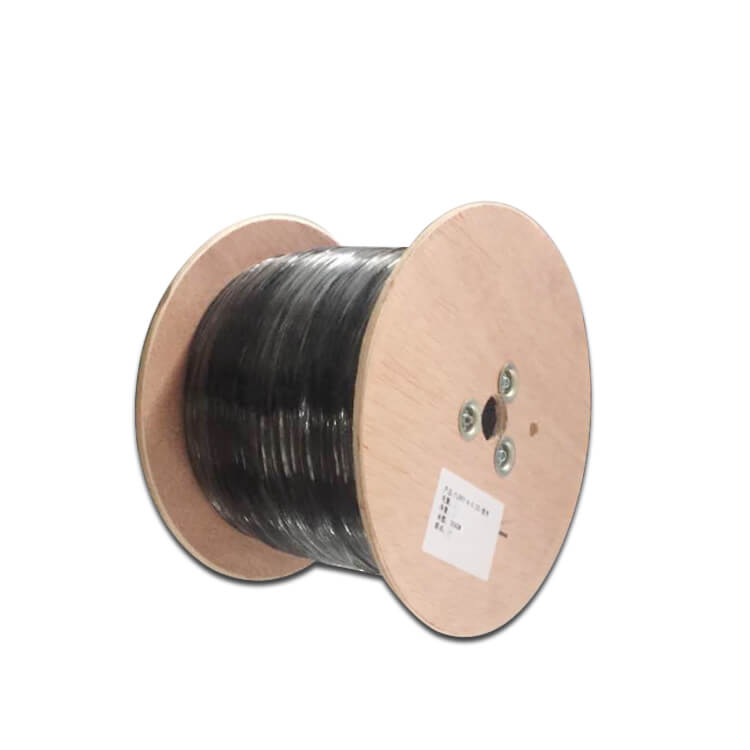
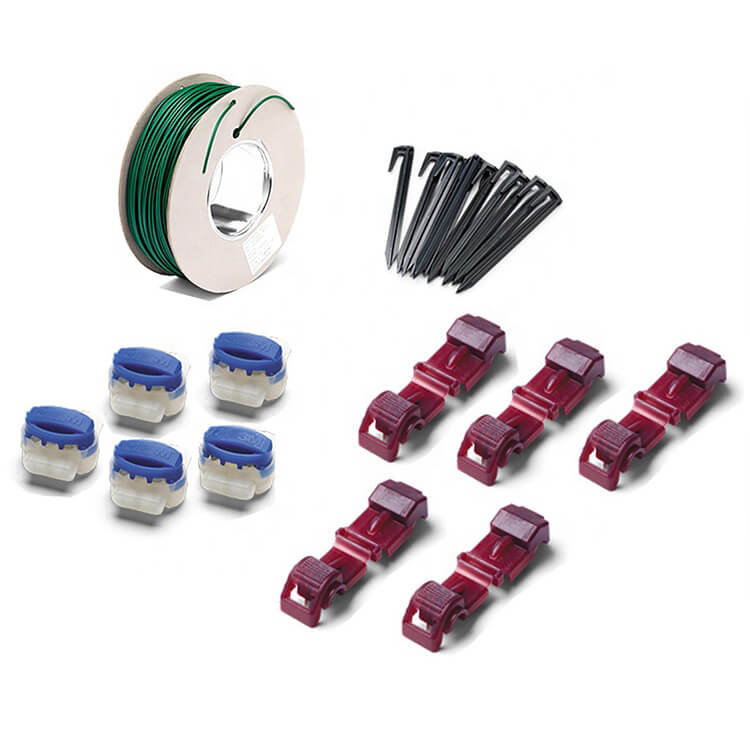
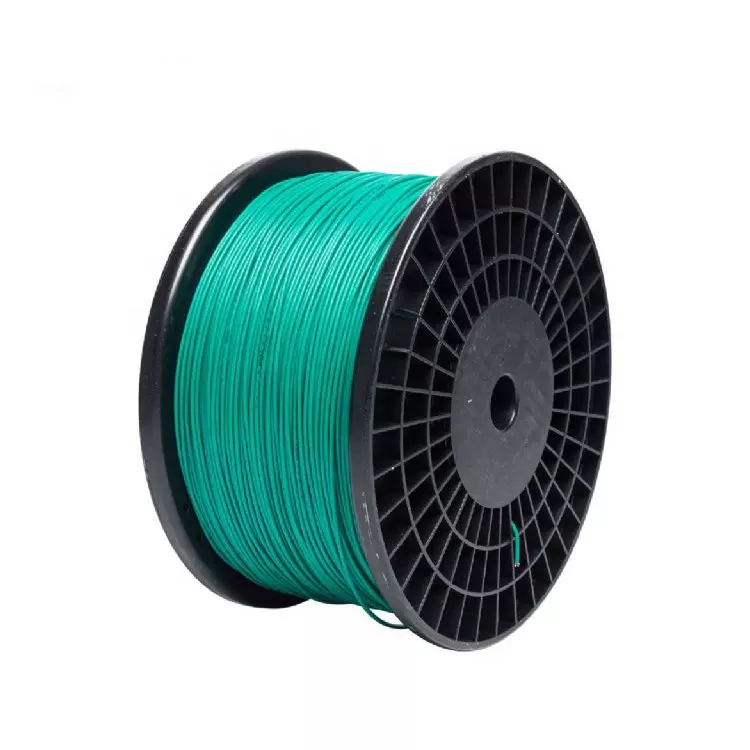
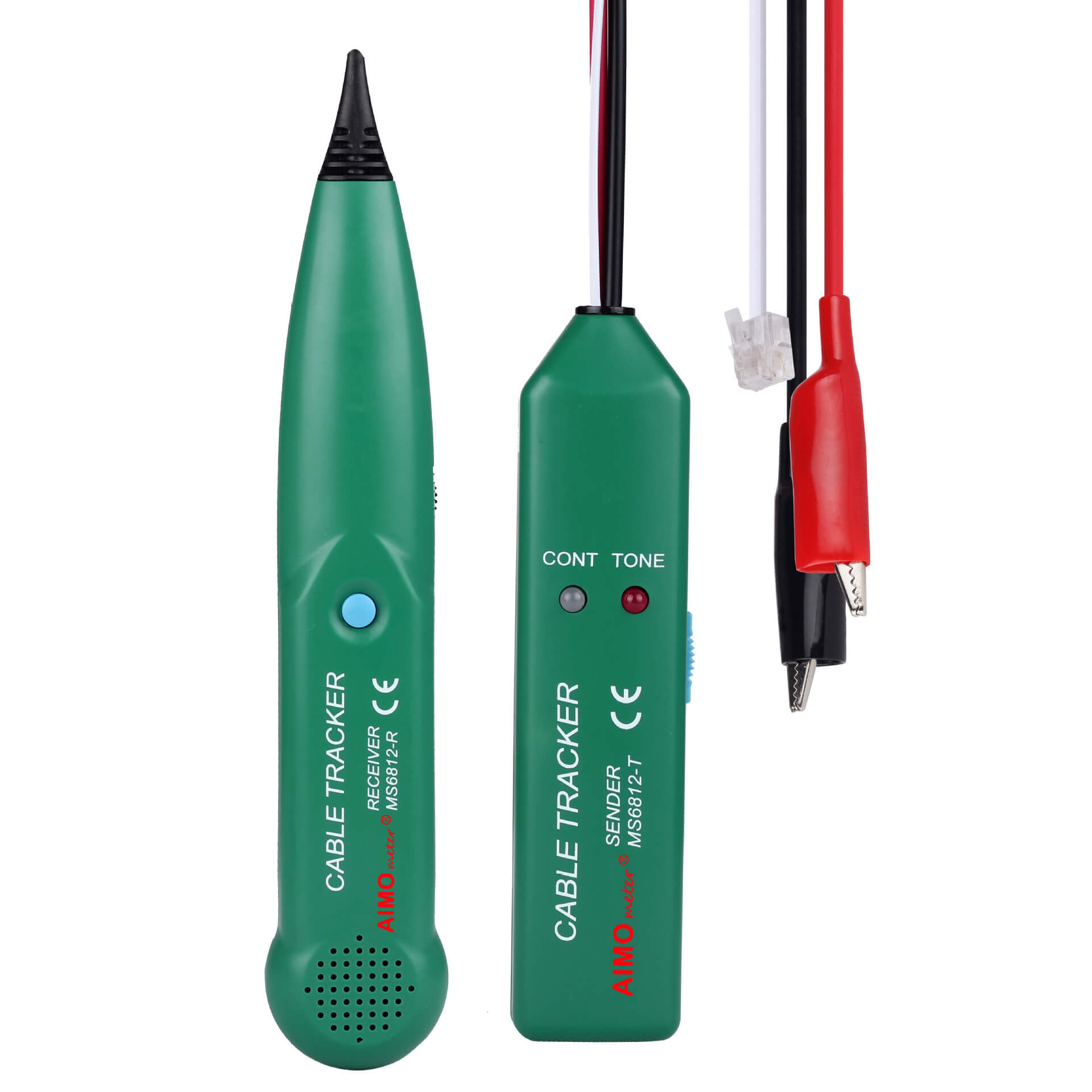


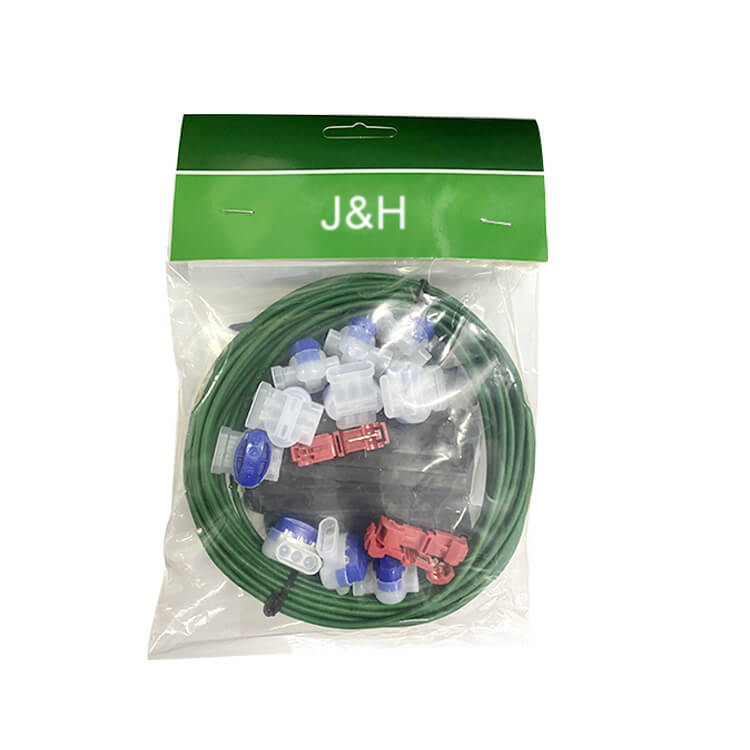
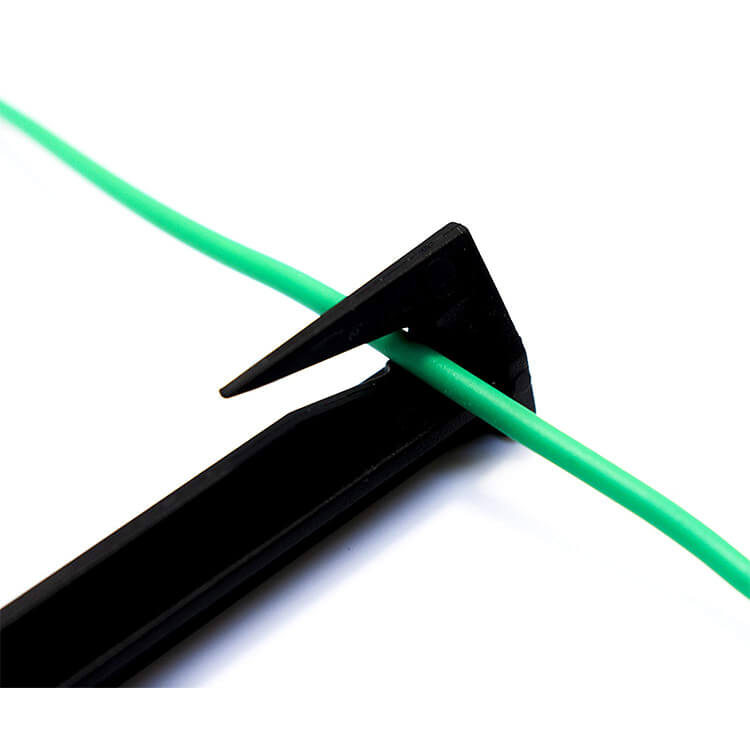
 Abroad:+86 181 5747 1135
Abroad:+86 181 5747 1135 FAX: +86 574 8900 7636
FAX: +86 574 8900 7636 E-mail:
E-mail: 

 read the map
read the map

